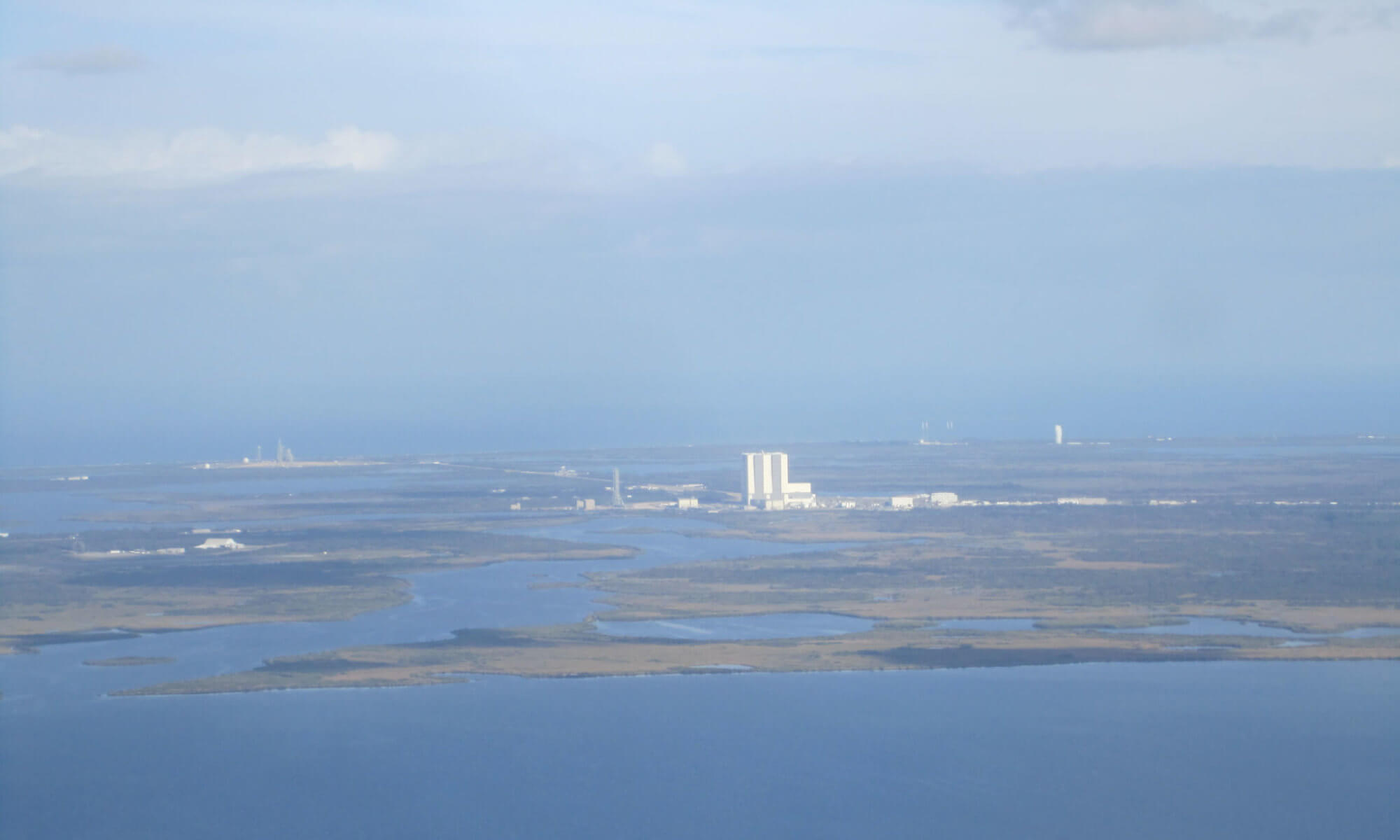 This novel goes beyond Steele’s typical near-future, near-Earth fare and describes the creation of the first interstellar colony.
This novel goes beyond Steele’s typical near-future, near-Earth fare and describes the creation of the first interstellar colony.
The novel has previously been published in the form of a series of short stories, and suffers from it, feeling cobbled together.
The characters are interesting and I was drawn in by the narrative. Steele readily manages to convey the sense of wonder inherent in traveling for almost two hundred and fifty years, and then arriving at an alien world.
I was disappointed with three things. The first is the apparent lack of proof reading and sloppy science. For example, on one page a pilot is gripping a stick, and on the facing page this changes into a yoke. The second is the less than perfect orbital mechanics and the lack of biological diversity on the new world, In Steele’s defense, it is clear that he is more focused on interpersonal interaction, and he pulls off this part very well. The third and last thing is the ending. I don’t have a problem with endings that leave a lot to the imagination, but this simply left you hanging. I don’t want to give it away here, but the whole last part of the book was simply too implausible and just plain annoying. With just a very little change, Steele could have written a classic.

 A collection of short stories, with several set in Allen Steele‘s Coyote, Near Space and Chronospace universes.
A collection of short stories, with several set in Allen Steele‘s Coyote, Near Space and Chronospace universes.










